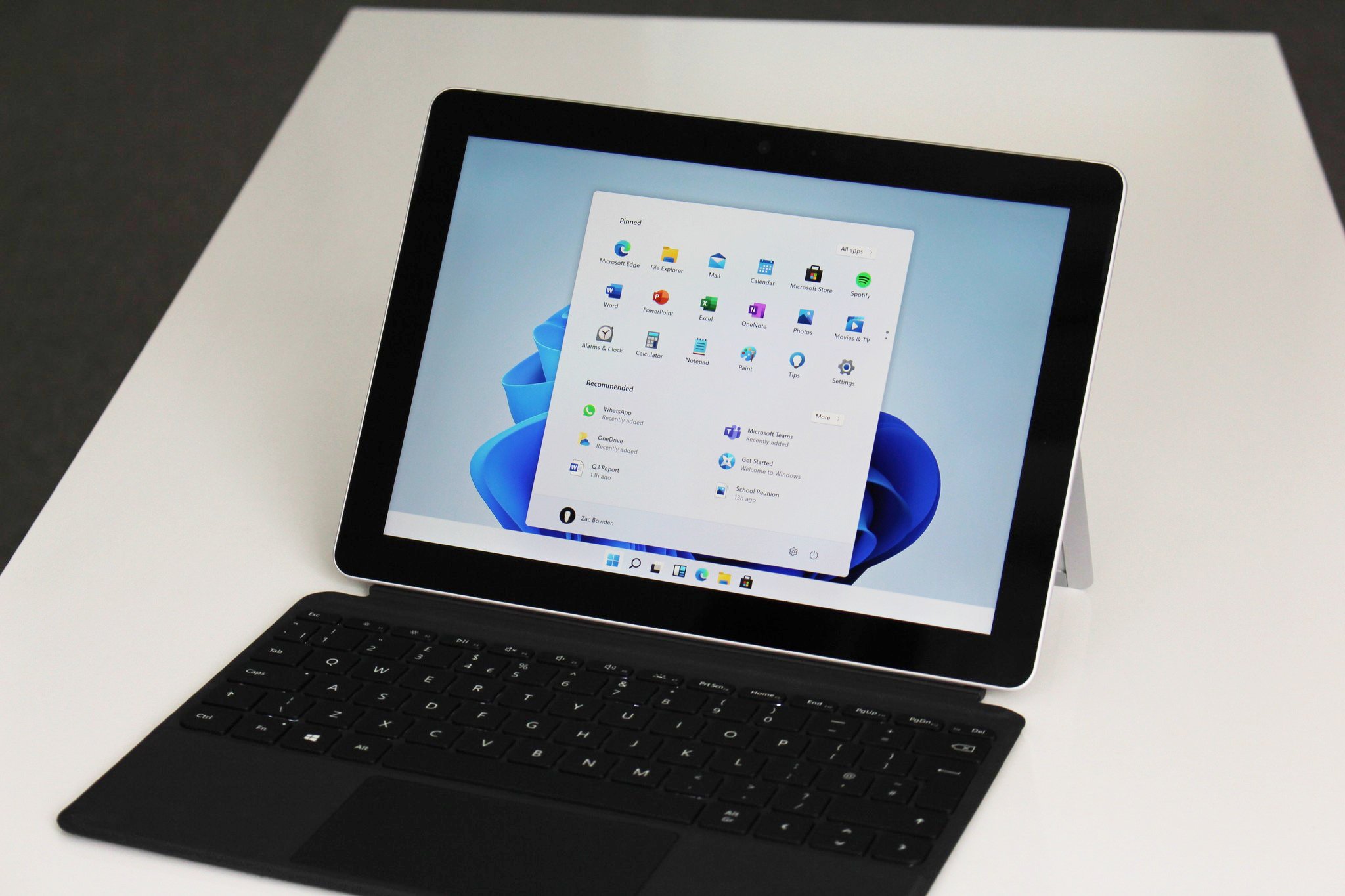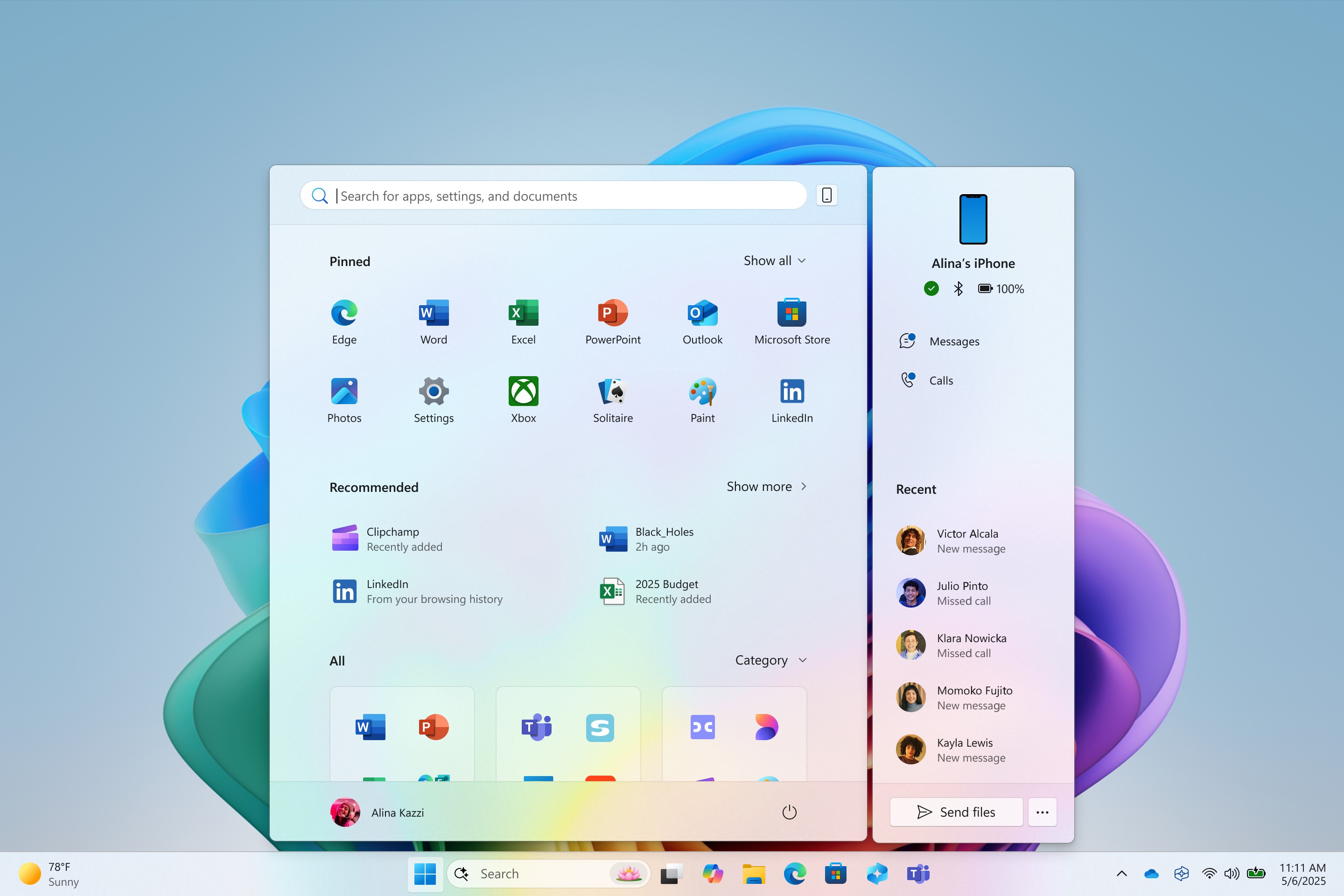
A blog post from Microsoft last week revealed that Windows is currently operating on more than a billion devices globally. While this figure is noteworthy, it’s smaller than the estimated 1.4 billion devices using Windows previously. This discrepancy has led some to speculate whether Microsoft’s market share might have decreased since the release of Windows 11 three years ago.
Initially, ZDNet expressed doubts about this matter, stating up to 400 million computers running Windows might be obsolete. This figure could significantly impact the Windows ecosystem. However, I proposed it might be an approximation error or a distinct method of counting that Microsoft employed for their blog post. Regardless, the situation seemed unfavorable and potentially indicated a decline in Windows users over the past few years.
Microsoft recently made a silent adjustment to their blog post, replacing “over 1 billion” with “over 1.4 billion.” This revision indicates that Windows has not experienced a loss of nearly 400 million users in recent years, as previously speculated. However, it’s also important to note that this update suggests Windows hasn’t acquired any new users either. In 2022, Microsoft confirmed Windows had over 1.4 billion users. This means the release of Windows 11 has not significantly increased its user base or enticed many Mac and Chrome OS users to switch over.
At present, Windows 11 trails slightly behind Windows 10 as the leading desktop operating system worldwide. With Windows 10 set to retire its support this year, it’s predicted that Windows 11 will soon overtake its predecessor and become the most widely used desktop OS globally, a transition that could occur within the next twelve months.

While it’s true that Windows still boasts an impressive user base of approximately 1.4 billion, the trend over the past 15 years has shown a gradual decrease in its market share. Although it hasn’t lost a staggering 400 million users in just three years, a close examination reveals a steady decline in market dominance when viewed as a platform over the last decade. Data analytics sites like StatCounter indicate that Windows may have shed around 15% of its market since 2015.
Indeed, those websites may not provide complete accuracy, yet they offer a general sense of market trends, and there’s no indication that Windows is making a significant comeback to its previous 10-year-old market share levels. The positive aspect is that Windows appears to be stable for now, but it’s clear it’s not regaining the popularity it once enjoyed.
Yesterday, I pointed out that in recent years, Windows 11 has slowed down significantly, with new features and adjustments sometimes appearing as excessive and user-unfriendly, constantly prompting users to subscribe to Microsoft services. I hope the company realizes that Windows 11 doesn’t live up to its full potential yet, and instead dedicates its resources towards enhancing the platform’s quality in the upcoming years.
Maybe a new version of Windows, such as Windows 12, could rekindle interest in Windows as a software, offering Microsoft a chance to reshape the public’s perception and emphasize that Windows is not merely a tool for disseminating advertisements, but rather a multi-faceted platform. This is a common belief among many users today.
Read More
- Hazbin Hotel season 3 release date speculation and latest news
- Zootopia 2 Reactions Raise Eyebrows as Early Viewers Note “Timely Social Commentary”
- Victoria Beckham Addresses David Beckham Affair Speculation
- Where Winds Meet: How To Defeat Shadow Puppeteer (Boss Guide)
- The Death of Bunny Munro soundtrack: Every song in Nick Cave drama
- Meet the cast of Mighty Nein: Every Critical Role character explained
- 10 Best Demon Slayer Quotes of All Time, Ranked
- Is There a Smiling Friends Season 3 Episode 9 Release Date or Part 2?
- The Mound: Omen of Cthulhu is a 4-Player Co-Op Survival Horror Game Inspired by Lovecraft’s Works
- Dogecoin Wiggles at $0.20-Is It Ready to Leap Like a Fox With a Firecracker?
2025-07-01 18:09